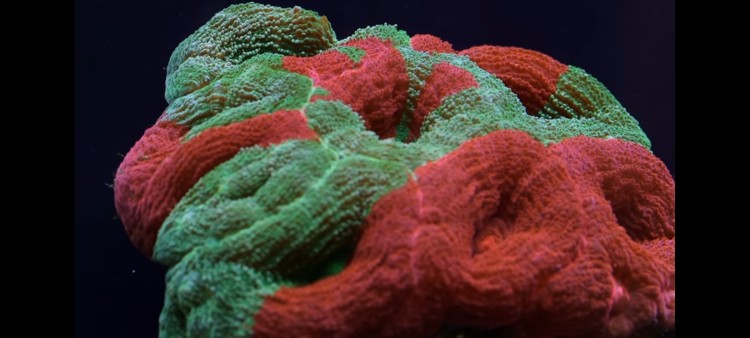An Expert Guide to Alkalinity in Reef Tank
- Oct 10, 2021
- Anshika Mishra
- 324 0 0

Any reef aquarium hobbyist who attempts a stony coral-dominated aquarium should be very familiar with their saltwater's calcium and alkalinity levels. In this article, we are primarily focusing on alkalinity.
Introduction to Alkalinity
So, what is alkalinity? Alkalinity is a little bit more abstract than calcium. It is not a particular ion but rather the interaction of several that affect the buffering capacity of saltwater. Buffering capacity can be thought of as the amount of acid required to lower the pH of saltwater to the point that bi-carbonate turns into carbonic acid.
It does sound overly technical, but in layman's terms, higher alkalinity levels equate to greater chemical stability in our reef tanks. In addition, the more acid required to cause that chemical change, the more resistance the solution is generally speaking to chemical change, which is highly desirable when trying to grow sensitive organisms like coral.
In addition to chemical stability, alkalinity is important for the growth of stony corals because corals and other organisms use up alkalinity over time. It is measured in the Degree of Carbonate Hardness or day. Natural seawater has a dKH of around 8-9.
Like with any chemical parameter, you never know if you need to be supplementing it if you don't actively test for it.
Testing Alkalinity
Many brands in the market today avail alkalinity test kits to their customers. Most of these tests are basic titration which is a test of buffering capacity. It is made up of two reagents. The first is a blue stand and the second reagent is what you will be adding drop by drop to perform the titration.
The idea is, once the buffering capacity of the sample exceeds, the blue stain will quickly change into a pink color. The amount of that second reagent needed to change the color from blue to pink will determine the day of the saltwater sample.
When doing the titration, add the reagent drop by drop until you see a color change. You want to see the exact amount of reagent that it takes. A good titration will show an immediate difference once the buffering capacity is exceeded. Usually, one drop will instantly change the color of the solution.
To determine the alkalinity, look at the amount of solution added into the sample water before the color change. Then, referring to the instruction, you can see the reading of the point and make the conclusion on the chart's base.
Disclaimer
Before going off and trying to raise the alkalinity levels, consider the appearance of your corals. If they are doing wonderful, it may be better to maintain the same levels rather than changing them and chasing arbitrary ideals.
Also, consider that these test kits are not perfect, sometimes they might be misread, and sometimes your testing technique might be the problem. Worst case scenario is that the water chemistry is actually fine and that a poorly conducted test might encourage you to fix something that wasn't broken in the first place.
Having said that, there are several ways to boost calcium and alkalinity in your tank, such as additional water changes dosing calcium, dosing two-part additives, and devices such as calcium reactors that help maintain the water chemistry.
If these solutions are not quite working out, there is another thing to look at: the magnesium level in the water. Magnesium levels can affect the balance of calcium adn and alkalinity that we will discuss in another article.
Stay tuned for more reef tank-related educational articles.
Happy Reefing!






About author